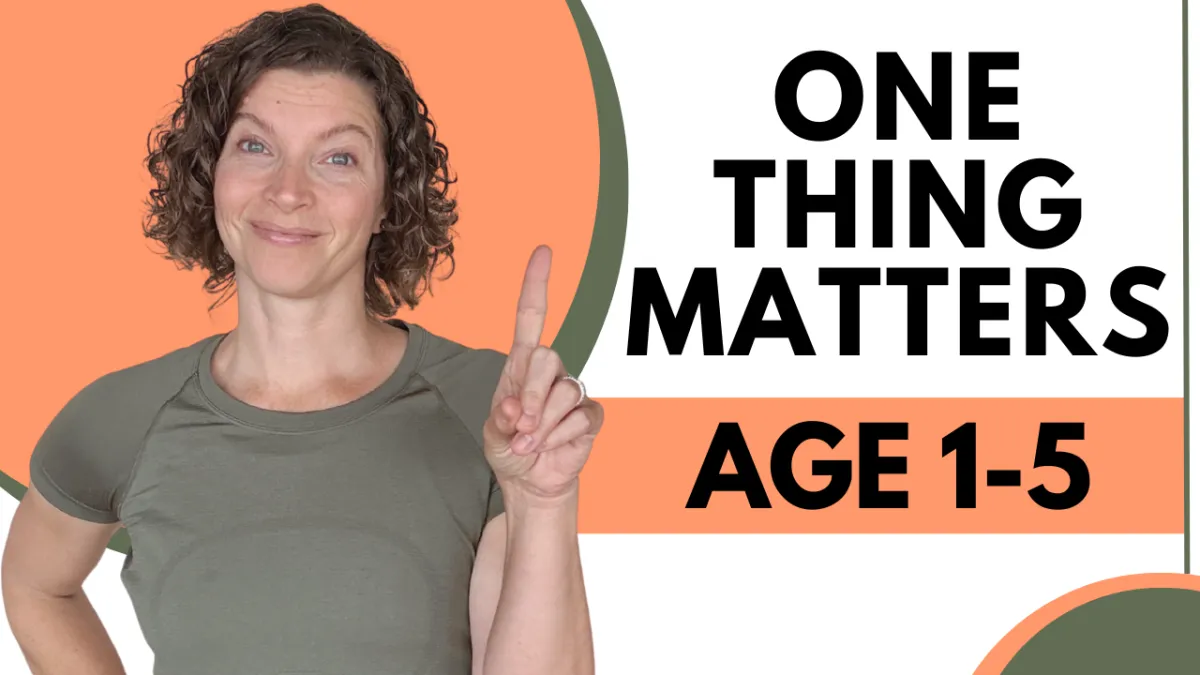
How to Stop Toddler Defiance Before It Becomes Teenage Rebellion


Your 1 to 5-year-old just told you “no” for the fifth time today.
You’re standing there thinking: Do I pick this battle… or let it slide?
If that sounds familiar, you’re navigating the most important—and most overlooked—parenting transition of early childhood.
After working with hundreds of families, I can tell you:
There’s a critical window between ages 1 and 5 when your child decides how to see you: as someone to challenge… or someone to trust and follow.
Miss this? You risk a decade of power struggles, defiance, and conflict—well into the teenage years.
But make this shift now? You’ll lay the foundation for lifelong respect, cooperation, and emotional safety.
Let’s talk about what that shift looks like.
Step 1: Establish Yourself as the Loving Authority
Once a secure attachment bond is formed (see my guide for ages 0–9 months), your toddler begins testing limits to understand how leadership works.
Maybe they:
Throw tantrums for you at bedtime but not for Grandma
Refuse to clean up toys at home but cooperate at daycare
Keep flinging spaghetti, even after warnings
These are all leadership checks. Your child is asking, Can I trust you to lead me?
Your job:
Uphold clear boundaries with calm, confident follow-through. For example:
“I know you don’t want to wear your shoes, but shoes keep our feet safe. You can put them on yourself or I can help you.”
Even when it’s hard (meltdowns in public, anyone?), consistency builds respect.
Step 2: Explain the Why—Without Negotiating
Many of us grew up with “Because I said so.”
So it feels unfamiliar—even wrong—to explain household rules to young kids.
But here’s the truth:
Arbitrary rules create resistance.
Explained rules create understanding.
Imagine your boss gave you rules but never explained why. You’d comply—but resentfully.
That’s how kids feel when rules seem random.
So instead of “Don’t hit,” try:
“In our family, we use gentle hands because everyone’s body deserves to feel safe.”
Instead of “Do the dishes because I said so,” say:
“We all help at home so we can enjoy more time together doing fun things.”
Important: You’re explaining—not opening a debate. Core rules are non-negotiable.
When kids know your rules come from love and wisdom—not power—they stop fighting and start cooperating.
Step 3: Focus on Safety, Respect, and Responsibility
Authoritative parenting isn’t about controlling every behavior.
It’s about consistently teaching three core life skills:
Safety – Running in parking lots? They haven’t learned safety yet.
Respect – Speaking rudely? They need coaching on emotional communication.
Responsibility – Refusing chores? They need guidance on being a contributing family member.
Let’s say your child hits a sibling during a fight. Instead of just saying “No hitting,” you can teach:
“Bodies are for keeping safe. You can say, ‘I don’t like that,’ instead of hitting.”
Guide them back to calm, then coach:
“Let’s take deep breaths together.”
“Now tell your sister how you feel using words. I’ll help if you need it.”
Teach the missing skill, not just the rule.
The Developmental Window You Can’t Miss
From ages 1 to 5:
Toddlers begin testing boundaries
Preschoolers start cooperating with consistency
By age 5, many children begin to internalize family values
Your job during this phase is to consistently model and teach loving leadership.
When you apply these 3 principles:
You’ll see fewer power struggles
You’ll gain more cooperation
You’ll enjoy the mutual respect you’ve always wanted
Loving Authority Begins With Attachment
All of this rests on one foundation: a secure parent-child bond.
That bond says:
“You are safe with me. I’ll protect you. And when you push too far, I’ll guide you back.”
That’s loving authority.
Join me for my upcoming free live workshop:
🖱️ Confident Parenting Made Simple – Register Here
